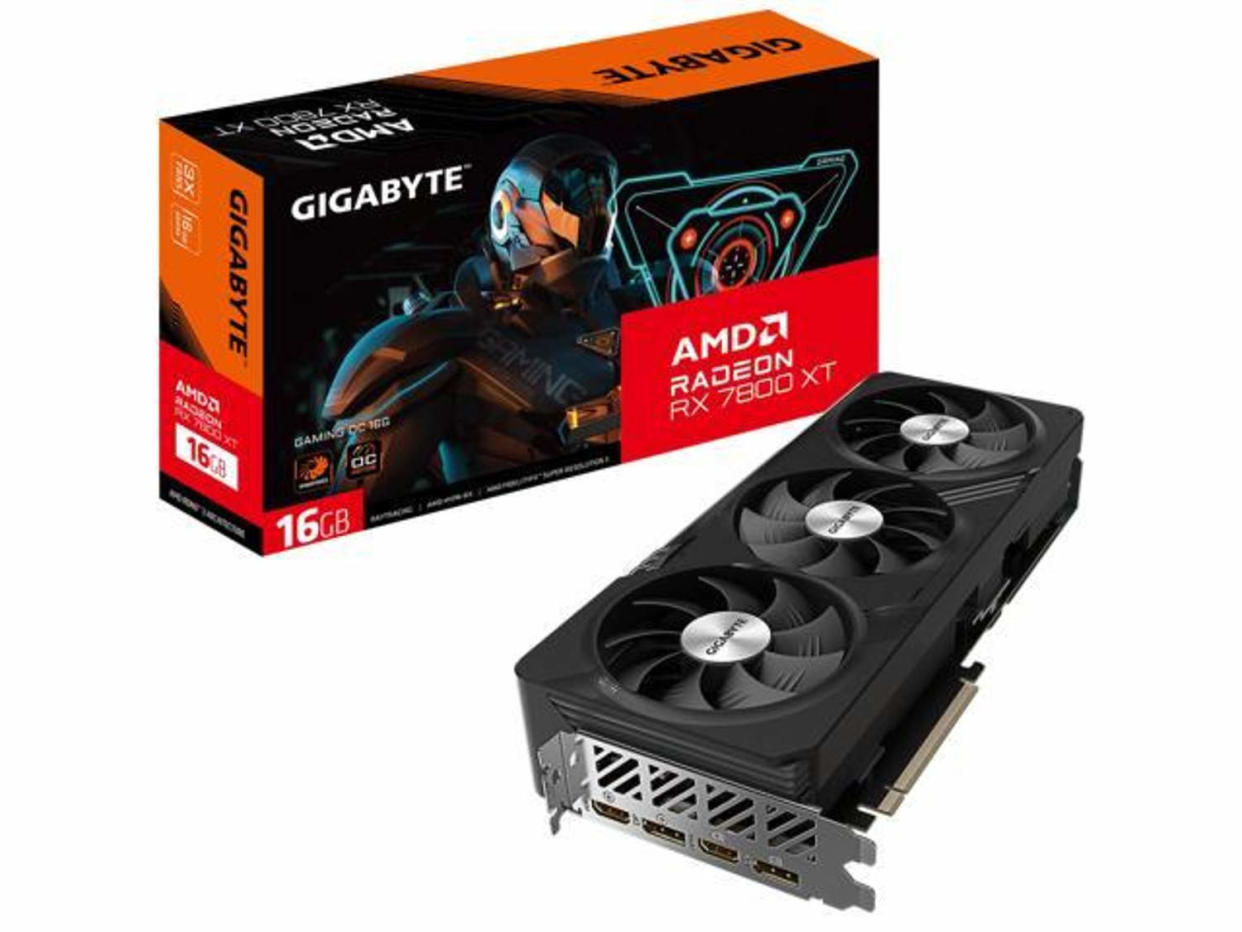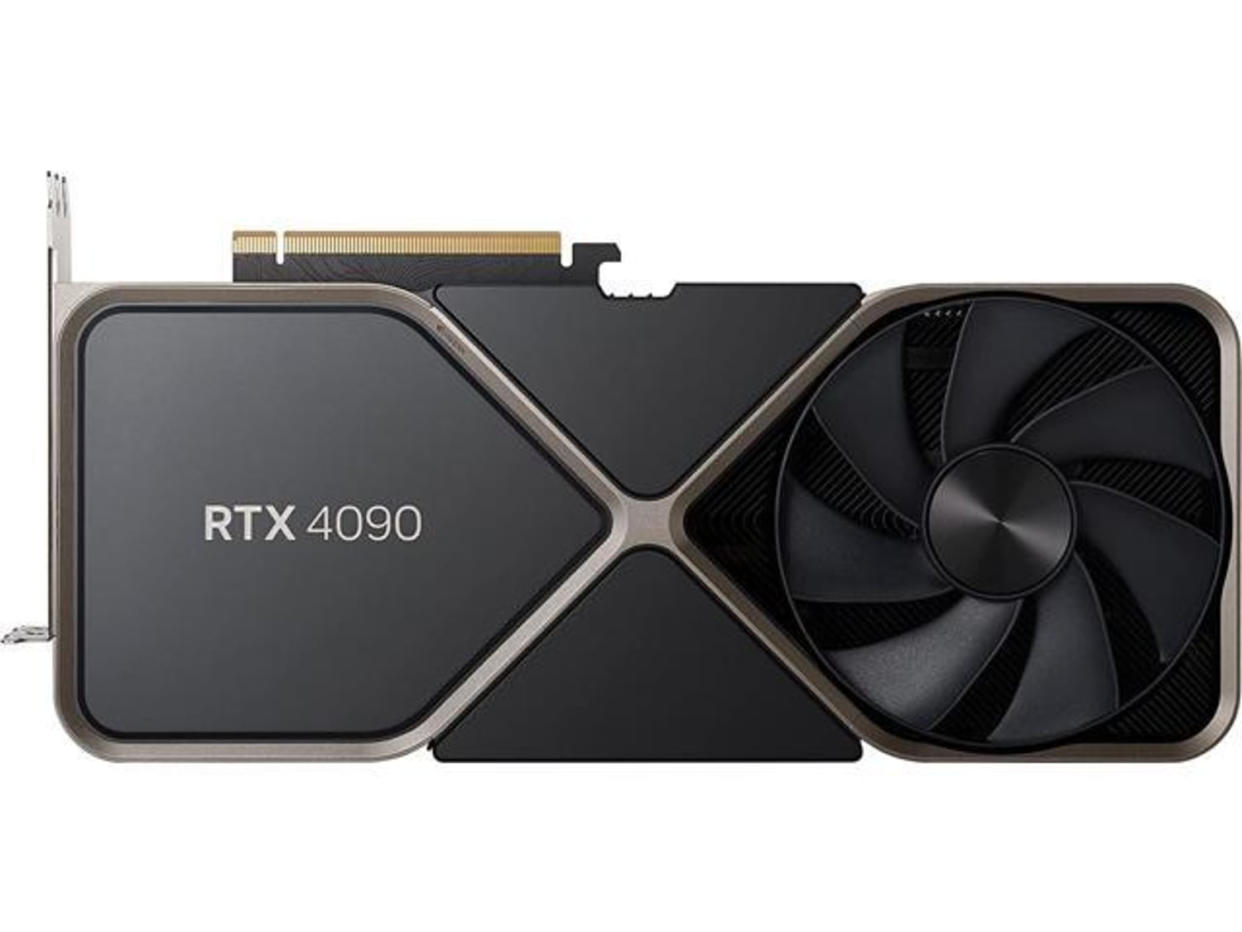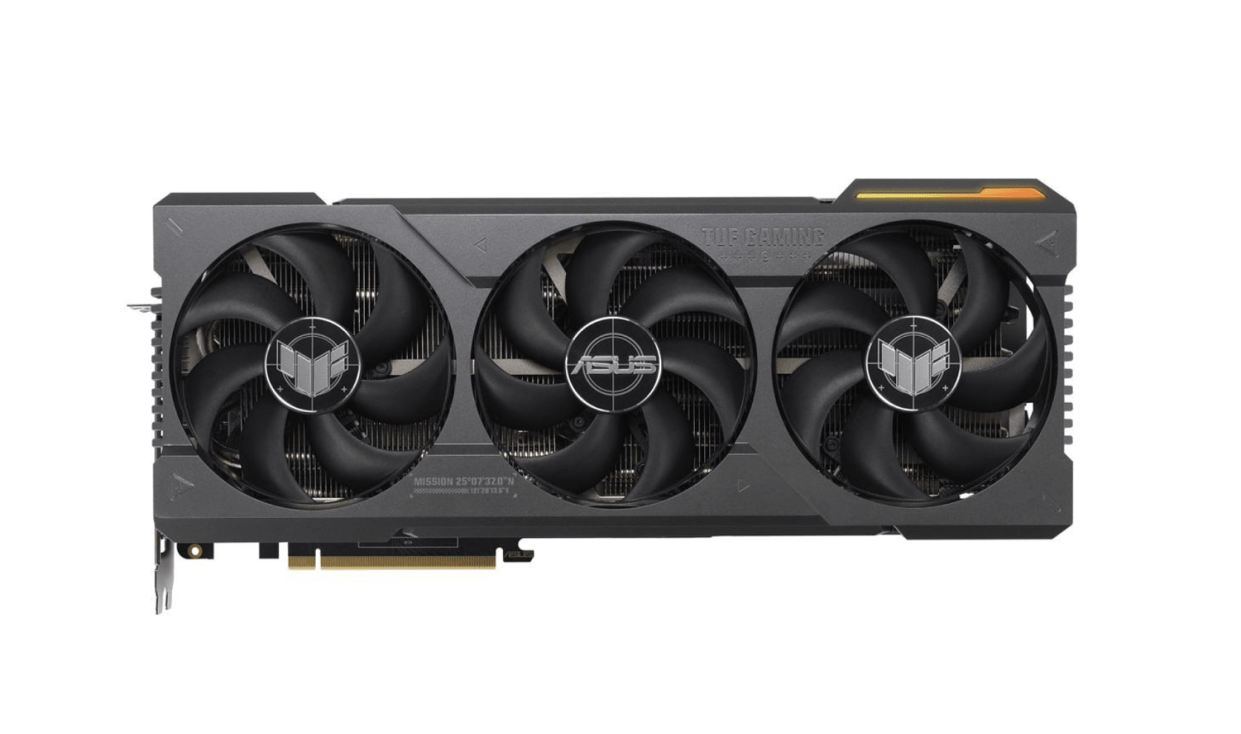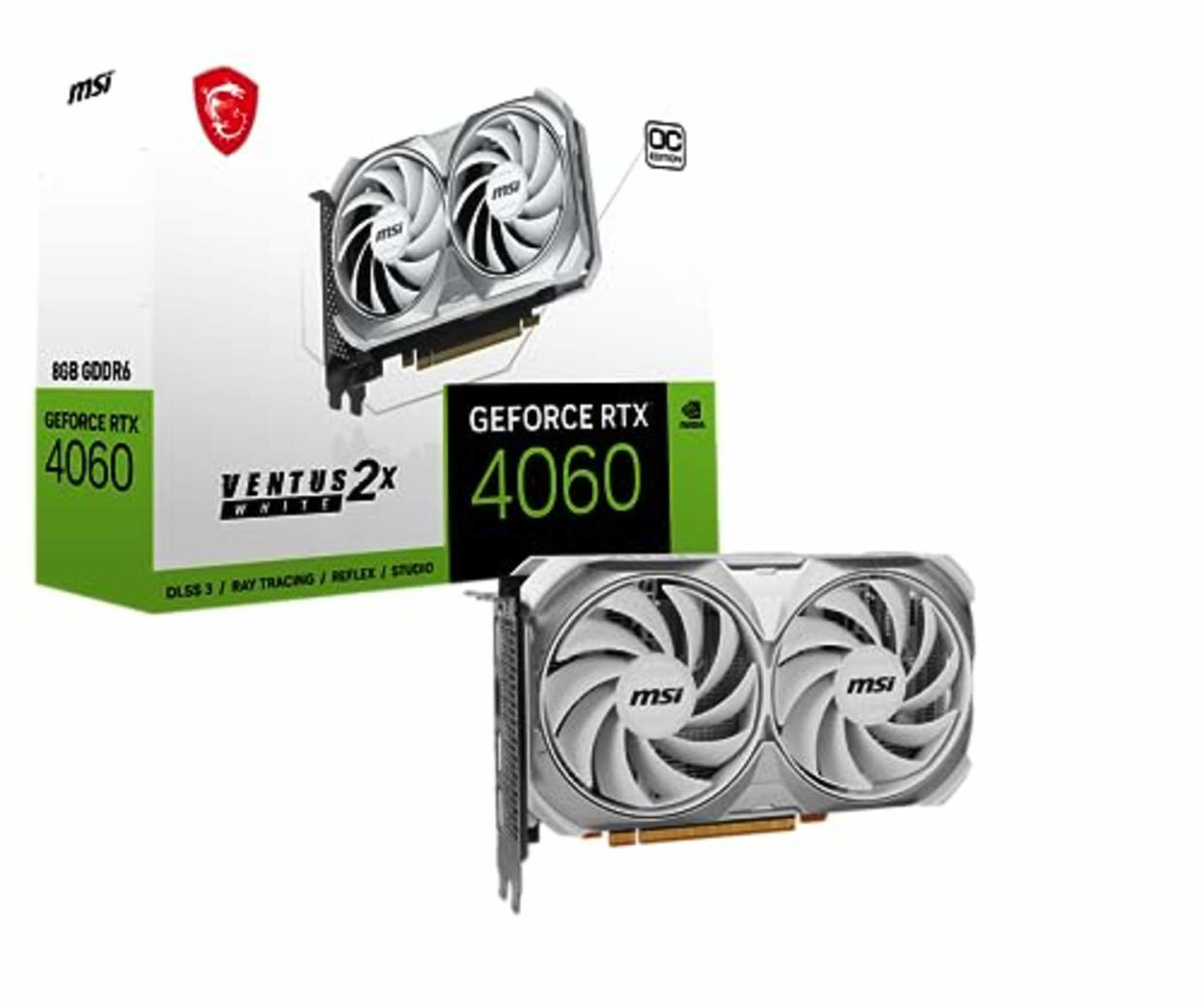The best graphics cards in 2024
Select independently determines what we cover and recommend. When you buy through our links, we may earn a commission. Learn more.
Graphics cards or graphics processing units (GPU) are crucial if you are building a PC or looking to make a graphical upgrade to your current computer.
Many computers get by with an integrated graphics processing unit (GPU), which means the GPU is built into the central processing unit (CPU), with both processors sharing the same memory bank. But you’ll want a dedicated GPU for graphics-intensive activities such as gaming and video editing, and to benefit from parallel processing to speed up tasks.
While there are many budget graphics cards out there, you’ll need to spend a bit of money to ensure impressive visuals, high frame rates and next-gen lighting effects. There are only a small number of key GPU manufacturers out there — Nvidia, AMD and Intel — but anyone unsure where to start can check out the best graphic cards in the guide below.
SKIP AHEAD The best graphics cards | How to shop for the best graphics cards
How we picked the best graphics cards
When picking these suggestions, I drew on the advice of hardware and computing experts as well as my own experience as a gadget reporter and kept the below criteria in mind:
Price: The best graphics cards alone can cost more than the average laptop, so it’s important to know you’re getting the right GPU for the price. We looked to include both high-end options and more competitive value GPUs for a variety of budgets.
Premium features: While any old integrated CPU-GPU can run basic graphics, you’ll want a dedicated graphics card to support ray tracing, 4K/8K resolution (or at least 1440p) and even AI applications. Newer, more advanced models have the benefit of futureproofing your computer setup for years to come.
The best graphics cards
AMD Gigabyte Radeon RX 7800 XT
AMD Gigabyte Radeon RX 7800 XT

AMD Gigabyte Radeon RX 7800 XT $498.98 at Newegg
AMD Gigabyte Radeon RX 7800 XT $499.00 at BH Photo Video
AMD Gigabyte Radeon RX 7800 XT $499.99 at Best Buy
“The AMD Radeon RX 7800 XT is perfect for mid-range gamers,” says Damien Mason, the Senior Hardware Editor at technology outlet Club386. “It has best-in-class rasterized performance in its $500 price range” for capable 3D graphical rendering. Mason adds that its 16GB of video memory can handle “even the most demanding games at QHD (1440p) with the settings cranked up” as well as 4K games with more moderate expectations. While AMD’s ray tracing is still behind Nvidia, it’s certainly catching up and a slightly lower price point over the equivalent RTX 4070 makes this a sensible buy.
Manufacturer: AMD/Gigabyte | Memory: 16 GB GDDR6 | TGP: 263W | Ray Tracing: Yes | Outputs: HDMI 2.1 (1), DisplayPort 2.1 (3) | Fans: 3
GeForce RTX 4090 Founders Edition
GeForce RTX 4090 Founders Edition

GeForce RTX 4090 Founders Edition $2,689.00 at Newegg
If you need a splurge-worthy option look no further than the Nvidia GeForce RTX 4090, which chipset manufacturer Nvidia describes as “the ultimate GeForce GPU”. Mason calls it “the best performing graphics card out there, at least until RTX 5090 inevitably dethrones it in the near future.” The Ada Lovelace architecture used in Nvidia’s processors is market-leading for professional graphical rendering, video and AI, and excels at producing 4K resolution, ray tracing and triple digit frame rates in most games, says Mason. This Founders Edition is pricier than some third-party models, but you’re getting a sleek design and out-of-the-box overclock for enhanced performance. For a GPU that can handle anything you throw at it, consider the RTX 4090 — just make sure that your CPU is capable enough so that it doesn’t cause a bottleneck for the 4090’s ambitions.
Manufacturer: Nvidia | Memory: 24GB GDDR6X | TGP: 450W | Ray Tracing: Yes | Outputs: HDMI 2.1 (1), DisplayPort 1.4 (3) | Fans: 2
Asus TUF Gaming GeForce RTX 4090
Asus TUF Gaming GeForce RTX 4090

Asus TUF Gaming GeForce RTX 4090 $1,769.99 at Best Buy
Asus TUF Gaming GeForce RTX 4090 $1,769.99 at Newegg
This Asus spin on the RTX 4090 is well worth a look. It features an enhanced cooling system with a dedicated vapor chamber and triple-fan cooling to exhaust heat and reduce noise while you’re playing 4K or even 8K games. Plus it has the NVIDIA Ada Lovelace Streaming Multiprocessors, which offers up to 2x performance and power efficiency, according to the brand.
Manufacturer: Nvidia/Asus | Memory: 24GB GDDR6X | TGP: 450W | Ray Tracing: Yes | Outputs: HDMI 2.1 (1), DisplayPort 1.4 (3) | Fans: 3
MSI GeForce RTX 4060
MSI GeForce RTX 4060

If you’re looking for a sub-$300 GPU, consider the GeForce RTX 4060. “The true power of this graphics card comes from it being the cheapest model to support Nvidia DLSS 3 with Frame Generation, which gives you a monumental frame rate boost in compatible games,” Mason says. “Pair that with the latency-reducing Nvidia Reflex and you have a fantastic budget GPU that won’t break the bank.”
Manufacturer: Nvidia/MSI | Memory: 8GB GDDR6 | TGP: 135W | Ray Tracing: Yes | Outputs: HDMI 2.1 (1), DisplayPort 1.4 (3) | Fans: 2
How to shop for the best graphics cards
Price
The first thing to consider when shopping for a graphics card is your budget. Mason says graphics cards are, unfortunately, pricier than they’ve ever been. Top-of-the-line graphics cards easily dip into four figures, but you don’t need to drop your entire month’s wages to get good frame rates. Naturally, you get what you pay for. A more expensive model offers improved performance with more advanced graphical rendering, but it’s also more likely to last in the long term. Buying a budget graphics card may work if you have more limited graphical needs, but it’s worth considering what level of performance you want and whether you want a purchase that will still hold up in a few years.
Size and compatibility
When it comes to buying a graphics card, you need to pay attention to size, says Mason. “Some models are pretty large and won’t fit in anything but the biggest case, so it’s worth whipping out a tape measure before committing to a purchase. You also need to make sure your power supply has enough juice to run the GPU. Recommended wattages are usually featured on Nvidia, AMD and Intel product pages.”
Mason adds that “it’s not all about the GPU. Pairing a powerful model with a lackluster processor will only cause a bottleneck, meaning you won’t see all the frames you otherwise should. It’s important to keep your components as fast as one another so you can make the most of them.”
Founders Edition vs Custom GPUs
What complicates buying a GPU is the different iterations of each graphics card out there. GPU manufacturers typically release their own limited-run ‘Founders Edition’ version of a GPU to market first. These are ideal for shoppers who don’t want to get into the weeds, opting for a reliable baseline performance and clean design.
However, third-party manufacturers will also release their own takes on the manufacturer’s graphics processor, often with improved cooling solutions, unique designs and varying price points.
Mason tells us that “While most third-party models perform similarly to Founders Edition cards, the bespoke coolers can really make a difference to noise output and thermals."
Frequently asked questions
- Do I really need a graphics card?
Many CPU processors will come with an integrated GPU to run the graphics requirements of your PC — though you’ll need a separate, dedicated GPU for more intensive graphical needs, whether that’s impressive AAA games or high-resolution video editing.
- Is a GTX or RTX graphics card better?
Nvidia’s RTX graphics cards are considered to be more powerful than their GTX counterparts, with more advanced graphical features such as ray tracing (for realistic lighting in 3D graphics) and DLSS (AI-based upscaling from lower resolutions), which GTX models aren’t capable of. However, GTX graphics cards still have a place in the market, due to their simpler graphical demands and lower price points.
- Do MacBooks have good GPUs?
This varies greatly between different MacBook models. A MacBook Pro, for instance, has to be suitable for design professionals using ever-rendering editing software and therefore needs a powerful GPU to keep up. A MacBook Air, on the other hand, is designed for lower budgets and significantly reduced graphical needs.
These days, Apple prefers integrated GPUs, and as its website states, “Many 15-inch MacBook Pro laptops have two graphics processors (GPU) — a discrete GPU and an integrated GPU. The discrete GPU provides substantial graphics performance but uses more energy.” So the exact graphics card setup will vary between models.
Meet our experts
At NBC Select, we work with experts who have specialized knowledge and authority based on relevant training and/or experience. We also take steps to ensure all expert advice and recommendations are made independently and without undisclosed financial conflicts of interest.
Damien Mason is the Senior Hardware Editor at technology outlet Club386, with extensive experience testing and reporting on consumer gadgets.
Why trust NBC Select?
Henry St. Leger has worked as a gadget reporter since 2017, covering the latest developments in consumer hardware, from TVs and headphones to smart speakers and VR headsets. They report on cybersecurity for The Independent and previously worked as the News & Features Editor at TechRadar.
Catch up on NBC Select’s in-depth coverage of personal finance, tech and tools, wellness and more, and follow us on Facebook, Instagram, Twitter and TikTok to stay up to date.






